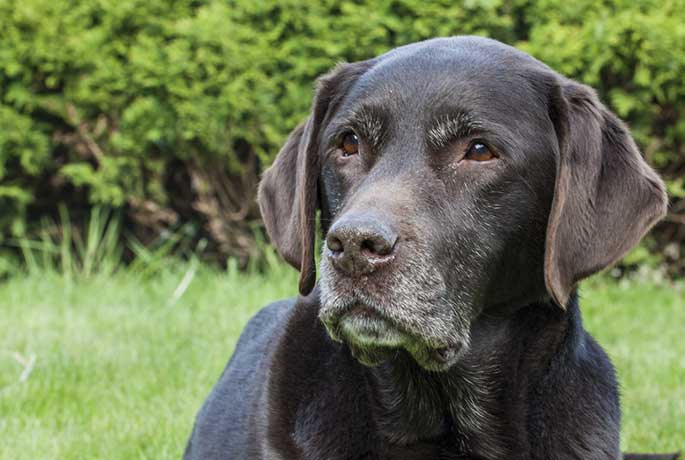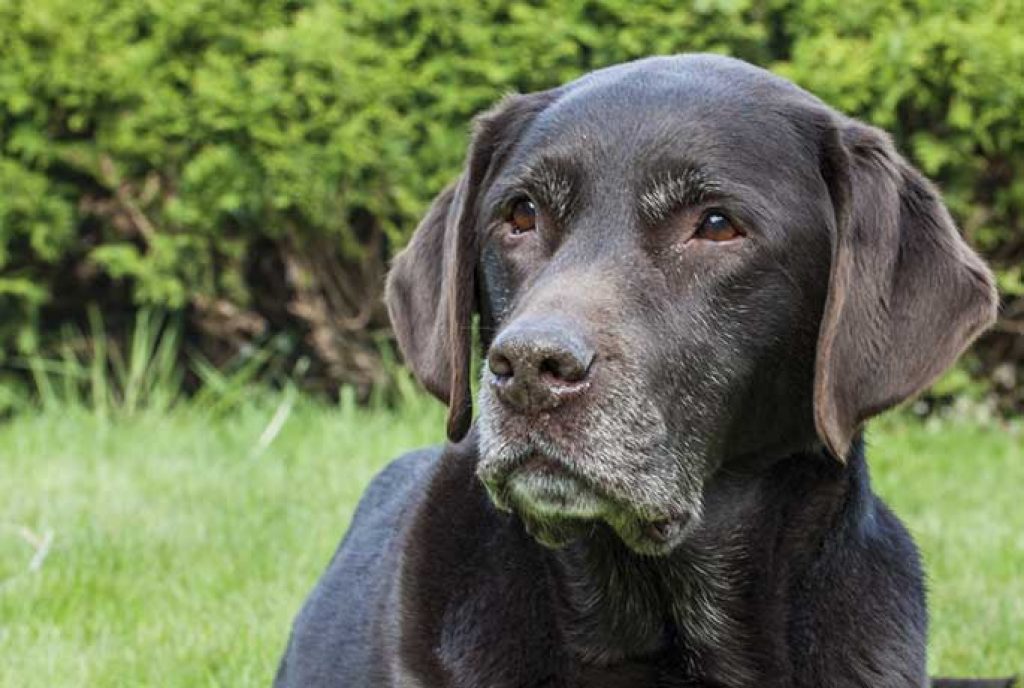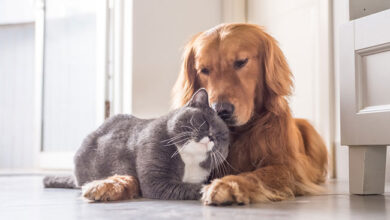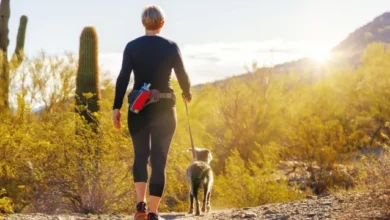
As a dog owner, you may wish that your pet could stay young, healthy, and full of energy forever. It would be nice if your pet could take a drink from a fountain of youth and avoid encountering everything that comes with growing old, but of course, that is not the case. As your beloved dog is aging, the following are some things to consider to prolong its life and ensure that it receives the best aftercare when the time comes.

Read More:
- How to Care for Your Dog in Their Senior Years
- These 5 Tips Will Keep Your Dog’s Coat Healthy
- 7 Reasons Why Adopting Dogs Can Change the Lives of Senior Citizens
- 7 Tips for Caring for Senior Dogs
- Know the 5 Amazing Benefits of CBD for Senior Dogs
1) Make Sure Your Dog Maintains a Healthy Diet
Whatever goes into your pet’s body affects its overall health. Your dog’s eating habits can either promote a long and healthy life or be detrimental to its health. Because older dogs are more likely to develop certain diseases, paying close attention to what your pet dog daily is vital to maintain optimal health.
As much as you may be tempted to feed your pet some of the food that you eat at your table at home, there are certain things that you should never feed your dog if you want it to remain as healthy as possible.
The following includes a list of foods to avoid feeding dogs:
- Chocolate (toxic to dogs)
- Raw yeast dough (as yeast rises, gas can be produced in your dog’s digestive system and potentially cause serious stomach problems)
- Onions and garlic (can cause damage to your dog’s red blood cells and result in the blood cells rupturing and leading to anemia)
- Salty foods (although salt is essential to a dog’s diet, allowing your dog to consume too much salt should be avoided)
- Milk and lactose (if you want to keep your dog at a healthy )
- Citrus (can cause several issues including diarrhea, vomiting, and also depression of the central nervous system)
- Fatty foods (if you want to keep your dog at a healthy weight, fatty foods should be avoided)
Along the lines of keeping your pet on a healthy diet, making sure that you’re not overfeeding or underfeeding your pet is important as well as doing these things can also cause health issues.
If you are questioning whether to feed your dog certain foods or how much food you should feed your dog, its best to consult with your veterinarian.
2) Keep an Eye Out for Symptoms
As dogs grow older, they show alarming signs that their health is declining. The same way that we as humans start experiencing hearing loss or eyesight issues as we reach our senior stages in life, pets also have symptoms that result from aging.
The following are common symptoms that senior dogs tend to experience:
- Vision loss and other eye problems
- Increased/strained urination
- Skin problems, including lumps, bumps, etc.
- Weight gain or loss
- Memory and behavior problems
- Difficulty playing and getting around
Paying attention to symptoms that derive from old age will allow you to address health issues sooner than later and help make your dog’s life a little more comfortable in its senior years.
3) Help Your Dog Get Enough Exercise
Regular exercise is one key to good health. Although your dog may not be as energetic as it once was in its younger years, you can still engage your aging dog in physical activity in a safe way. Exercise helps to keep your dog at a healthy weight, keep its mind occupied, and allows its body to stay strong. A senior dog’s exercise regime does not need to be intense. Simply walking your dog will help keep it active and maintain good health.
4) Take Your Dog to the Vet More Often
The need for more visits to the vet is increased as dogs grow old. With so many symptoms to keep an eye out for, regular check-ups with your veterinarian can help you stay on top of any health problems your pet may be experiencing.
It is recommended to take senior dogs to the vet for regular check-ups at least twice a year, approximately every six months. If your pet has a long history of health issues, more visits may be needed.
5) Make Sure Your Dog Stays at a Healthy Weight
When dogs carry around extra pounds due to being overweight, they deal with more stress placed on their body (including internal organs and joints) and other health problems.
An overweight dog could experience one or more of the following health issues.
- Damage to joints, bones, and ligaments
- Diabetes mellitus (sugar diabetes)
- Heart disease and increased blood pressure
- Difficulty breathing
- Decreased stamina
- Decreased liver function
- Elevated surgical and anesthetic risk
- Digestive disorders
- Decreased immune function
- Skin and hair coat problems
- Increased risk of cancer
- Decreased quality and length of life
If you think your dog needs to lose weight, you may want to consider talking with your veterinarian to get your dog set up on a weight loss and exercise plan.
6) Start Thinking About Aftercare Options
At some point, you will have to say “Goodbye” to your beloved pet for the last time. You may not want to come to terms with it at first but having to decide on your dog’s aftercare option is inevitable. It is a good idea to start thinking about which option is best for your dog as soon as it reaches its senior stage of life.
You may decide to either bury or cremate your dog. If you choose cremation, you have a couple of options: fire-based cremation or water pet cremation (also known as aquamation). For both types of cremation, there are important things to keep in mind to ensure you are making the right choice for your pet.
- Fire-Based Pet Cremation: traditional pet cremation that uses flames to cremate pets.
- Water Pet Cremation: a gentle, eco-friendly alternative to traditional fire-based pet cremation that uses water to cremate pets.
Pet cremation is provided on a private, communal, or partitioned basis.
- Private: With private pet cremations, only one pet is cremated at one time. As a result, you can be sure that your pet’s remains are returned to you.
- Communal: With communal pet cremations, more than one pet is cremated at one time. Communal pet cremations do not allow you to get your pet’s remains returned to you.
- Partitioned: With partitioned pet cremations, more than one pet is cremated at one time, but physical dividers are used to help keep pets’ remains separated. Although measures are taken to prevent remains from mixing, partitioned cremations do not fully guarantee that you will receive only your pet’s remains.
Whichever decision that you make concerning your dog’s aftercare, it is a good idea to weigh the cons and pros of each option to make sure you are making the right decision for you and your pet.
Owning a dog has its fair share of responsibilities in general, but the responsibilities increase as dogs reach their senior years of life. Keeping the considerations discussed in this article in mind will help to ensure your dog maintains a healthy lifestyle and help to prolong its life.
Popular Post:



